LASSCO Archive
2940 items found
Page 47 of 245
-
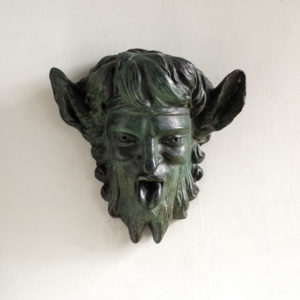
An English Bronze wall fountain mask of King Midas,
An English Bronze wall fountain mask of King Midas,
cast after the 16th Century original at the Villa Cittadella, near Luca Italy. The mouth section cast as a water spout. Twentieth Century. -
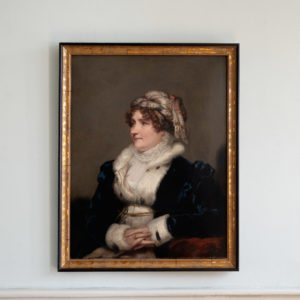
Mrs. Elizabeth Stansfield
Mrs. Elizabeth Stansfield
A fine late Georgian portrait in oils of the ‘The Merry Widow of New Cross’, Mrs Elizabeth Stansfield, wife of the London and Halifax tobacco merchant Timothy Stansfield of the Stansfields of Field House, Sowerby. Mrs Stansfield is shown dressed fashionably en Turquerie, in a turban with silk robes and ermine trim, perhaps an oblique acknowledgement of her wealth derived from tobacco or her city connections. She is painted in manner of Thomas Phillips RA. -

Antique copper pot
-
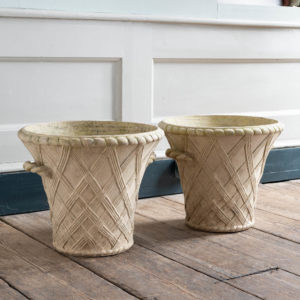
Pair of elegant buff terracotta planters
Pair of elegant buff terracotta planters
with strapwork to the flared body, impressed with makers mark. Modern. -
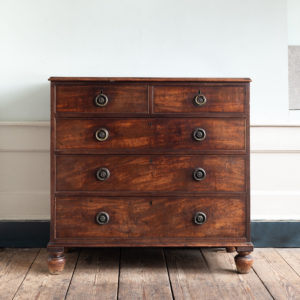
Nineteenth century mahogany chest of drawers,
Nineteenth century mahogany chest of drawers,
the graduated drawers with historic replacement brasses (one ring pull differs) -
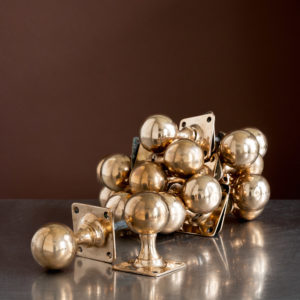
Set of ten pairs of rose brass door knobs,
-
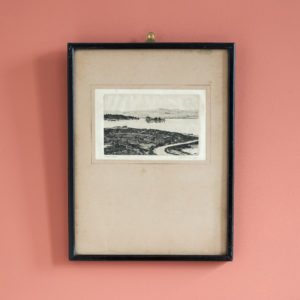
Lochindorb Morayshire, etching.
Lochindorb Morayshire, etching.
EDGAR JAMES MAYBERY (A. SIMES) 1887 – 1964)Painter, water colorist, and etcher was born in Newport, Wales in 1887. His considerable talent led to early studies that were completed in London at the South Kensington School. By his mid thirties he was a member of the Royal Cambrian Society and the Royal West of England Academy. He died at Pwllheli in North Wales -
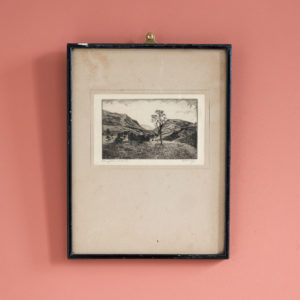
Laid Ghru, etching.
Laid Ghru, etching.
EDGAR JAMES MAYBERY (A. SIMES) 1887 – 1964)Painter, water colorist, and etcher was born in Newport, Wales in 1887. His considerable talent led to early studies that were completed in London at the South Kensington School. By his mid thirties he was a member of the Royal Cambrian Society and the Royal West of England Academy. He died at Pwllheli in North Wales -
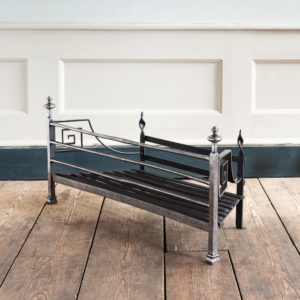
Georgian wrought iron fire grate
-
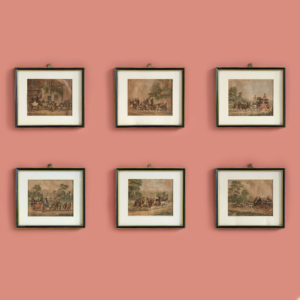
Early 19th Century Coaching Scenes by George Baxter
Early 19th Century Coaching Scenes by George Baxter
The Baxter colour printing process was developed by George Baxter (1804-1867). Having been apprenticed to a wood-engraver, he spent 8 years developing his technique which became internationally renowned. His first colour print, Butterflies, was produced in 1829.The process combined an engraved metal plate with up to twenty engraved wooden blocks, each printed in a separate colour in a combined intaglio and relief process . The prints were both good quality and cheap and large numbers were produced. Baxter’s prints were used for a variety of purposes including notepaper, pocket-books, decorated music sheets, and needle cases, and book illustrations. Baxter’s innovatory process was given a royal patent in 1835 (Patent No. 6916 – Improvements in Producing Coloured Steel Plate, Copper Plate and other Impressions). The patent lasted from 1835 to 1854. During the last few years of this period Baxter licensed his method to various printers, who used it until the 1870s. -
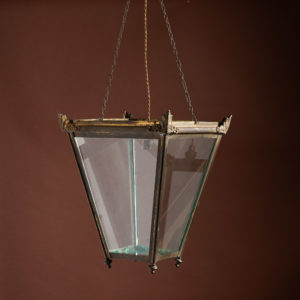
Nineteenth century brass hall lantern
Nineteenth century brass hall lantern
of tapered form with anthemion clasps to each corner, with ceiling rose, rewired with single suspended light fitment.

